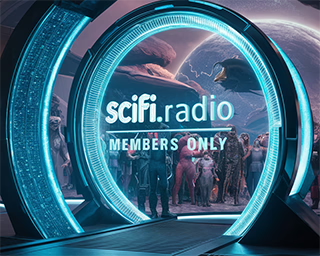
Europa Clipper is Earth’s first mission to explore Jupiter’s moon Europa and determine whether its underground ocean is habitable. It is scheduled to launch on Oct. 6, 2024, atop a SpaceX Falcon Heavy rocket. The probe will carry a special microchip engraved with a list of names contributed by the public that it will carry with it throughout its mission. There is no fee to register your name, deadline to submit your name is December 31st.

After launch, the craft will head towards Mars for a gravity assist, then back towards Earth for another gravity assist, before reaching maximum speed towards Jupiter of about 50,000 mph! The long route is because NASA’s Space Launch System (SLS) is already booked and more expensive, so a smaller system is used. Arrival is expected in 2030.
Discovered in 1610 by Italian astronomer Galileo Galilei, Europa is one of the most promising places in the solar system to search for life beyond Earth, scientists say. Here’s a JPL video series on their progress:
Europa Clipper will follow the plan of NASA’s Juno mission before it, and adopt an elliptical orbit that takes it far out from Jupiter and its intense radiation for most of the orbit, before sailing in for a close approach (a flyby) of Europa and then back out, over 40 times. Each flyby will allow the nine instruments onboard to study a different part of the moon. Covering the entire moon in about two years.


Because Europa is bathed in radiation trapped by Jupiter’s huge magnetic field, Europa Clipper’s payload and other electronics will be enclosed in a thick-walled vault. This strategy of armoring up to go to Jupiter with a radiation vault was developed and successfully used for the first time by NASA’s Juno spacecraft. The vault walls – made of titanium and aluminum – will act as a radiation shield against most of the high-energy atomic particles. The strongest radiation in the solar system, beyond the Sun.

Slightly smaller than Earth’s Moon, Europa is covered with an crust of water ice roughly 20 kilometers (12 miles) thick. Beneath that lies a liquid saltwater ocean up to 150 kilometers (100 miles) deep estimated to hold more than twice the amount of water in Earth’s oceans. Europa is not the only ocean world. Two of Saturn’s moons seem to be in the same category: tiny Enceladus has a global saltwater ocean that sprays out into space as a plume of icy particles that fly hundreds of miles above its surface, and the large moon Titan is thought to have a subsurface ocean as well.

Artists concept of the geysers on Europa seen from the surface
David Raiklen wrote, directed and scored his first film at age 9. He began studying keyboard and composing at age 5. He attended, then taught at UCLA, USC and CalArts. Among his teachers are John Williams and Mel Powel.
He has worked for Fox, Disney and Sprint. David has received numerous awards for his work, including the 2004 American Music Center Award. Dr. Raiklen has composed music and sound design for theater (Death and the Maiden), dance (Russian Ballet), television (Sing Me a Story), cell phone (Spacey Movie), museums (Museum of Tolerance), concert (Violin Sonata ), and film (Appalachian Trail).
His compositions have been performed at the Hollywood Bowl and the first Disney Hall. David Raiken is also host of a successful radio program, Classical Fan Club.











